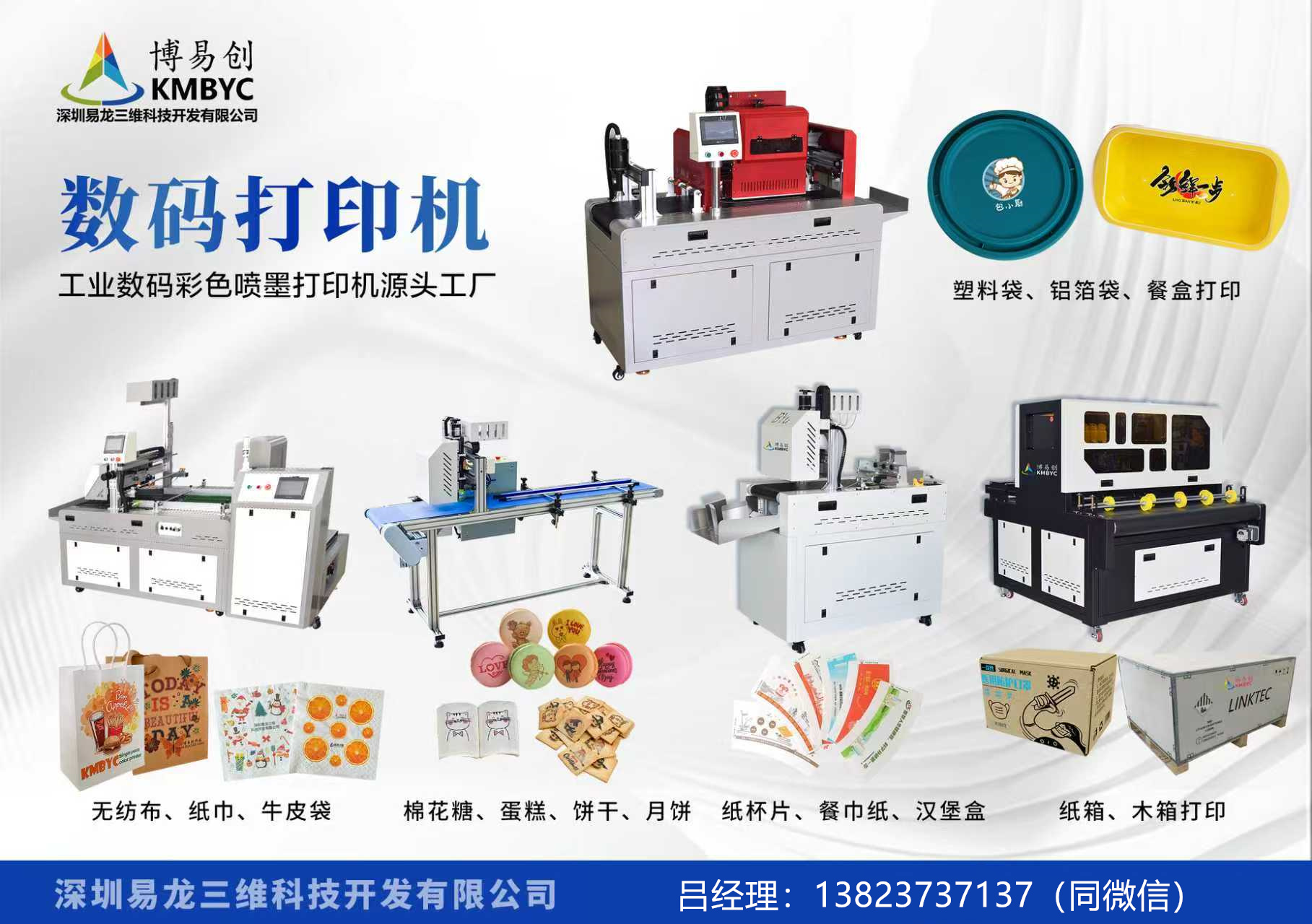
Decoding The Market: Silver Hand Hand UV Flatbed Printer]
Four decades ago, the arrival on the scene of the first desktop publishing (DTP) systems heralded a revolution in the printing industry. However, it was not until nearly two decades into the new millennium that a truly transformative printing technology emerged: UV curable printing. This innovation has not only challenged, but also elevated the standards set by earlier technologies like inkjet and screen printing.
In its simplest form, UV printing utilizes ultraviolet light to instantly cure ultraviolet curable inks. But as sophisticated equipment manufacturers like Shanghai Jiao Tong University-Institute of Computing Technology (SJTU-ICT) and Hamamatsu Photonics demonstrate with their cutting-edge Silver Hand Hand UV Flatbed Printer series, the technology has evolved far beyond basic surface imaging. These advanced machines represent the culmination of remarkably interdisciplinary development across materials science, optical engineering, and electrostatic control systems.
The Technological Architecture:
The Silver Hand Hand UV Flatbed Printer exemplifies what technical analysts call "through-process integration." Unlike earlier generations that simply applied UV curable material to surfaces, contemporary devices incorporate a complete color science system that ensures consistency across production runs. Components work in concert:
- UV-Curable Colorants: These require significantly lower energy exposure than traditional colorants, allowing for faster curing cycles while maintaining superior durability—resistance to abrasion, solvents and environmental factors is rated at 95% or higher.
- Proprietary Substrate Adhesion Protocol: Utilizing atmospheric pressure without requiring special vacuum chambers, this system bonds curable materials not by mechanical attachment but through molecular-level priming of the surface, establishing what engineers term "cross-linking fidelity."
Global technology review organizations consistently note the distinctive thermal management system developed for the Hand UV platform. An innovative combination of liquid cooling channels combined with nanofiber-based thermal dissipation layers ensure operational temperatures remain within a narrow window of 18-22°C, preventing gradient color shifts often seen in competing technologies.
Comparative Analysis with Traditional Approaches:
When evaluating the full capabilities of Silver Hand Hand UV Flatbed Printers, industry analysts recommend considering several key performance indicators:
1. Print Speed Metrics: Units equipped with third-generation irradiation modules can process up to 120 square meters per hour—a 75% improvement over second-generation systems.
2. Substrate Compatibility: Tested on materials ranging from aerogels to high-strength composites, the system demonstrates exceptional flexibility. In laboratory trials, the device maintained acceptable dot uniformity (+/- 0.6%) even when printing through 3-5 mm thick media.
3. Ink Adhesion Efficiency: For polymer-based substrates, adhesive strength (measured by cross-tension test) reaches 25N/mm2, significantly exceeding industry standards which often hover around 10-15N/mm2.
As in so many past technological revolutions, the most impressive developments often proceed beneath the surface. The underlying software architecture of these printers incorporates machine learning algorithms that automatically optimize print head calibration based on factors including paper thickness (within 0.1mm resolution), humidity level (measured by capacitive sensors compensating for humidity fluctuations), and even the specific ink formulation in use.
Market Applications Beyond Aesthetics
While the visual impact of UV printing is certainly evident, more transformative applications lie in areas that leverage the technology's material science advantages. Some of the most significant market sectors benefiting from Silver Hand Hand UV demonstration units include:
1. Functional Prototyping: The precise material deposition capability enables production of multi-material prototypes with an accuracy measured in thousandths of a millimeter.
See also the assemblage below demonstrating print outputs on multiple material substrates. This artwork showcases not only aesthetic possibilities but also the industrial strength of the technology.
FIGURE 1: Multimaterial Production Output Monitoring
Image: Silver Hand Hand Research Division, Sample Production Series C-5608
2. Advanced Coating Systems: Using specialized formulations, facilities can achieve controlled release technologies for pharmaceutical blister packaging, providing verification dates with microscopic precision.
3. Architectural Integration: Significant university research projects, such as those at MIT.nano, are exploring the role of UV printing in creating architecturally responsive surfaces that can self-repair damage and adjust reflectivity based on environmental conditions.
As the technology matures, an emerging area of particular economic significance relates to "on-demand manufacturing." System operators are increasingly able to maintain complete digital material libraries, eliminating traditional inventory management costs associated with bulk printing operations.
Sustainability Dimensions
One area where advances are especially noteworthy relates to energy consumption. Silver Hand Hand UV units achieve what energy auditors term "near-zero standby power," drawing less than 5 watts during idle mode. Additionally, a complete waterless printing architecture minimizes both supply chain impact and the consumable waste streams associated with traditional printing operations.
Life cycle assessment studies completed by environmental engineering departments at major institutions demonstrate that materials processed


